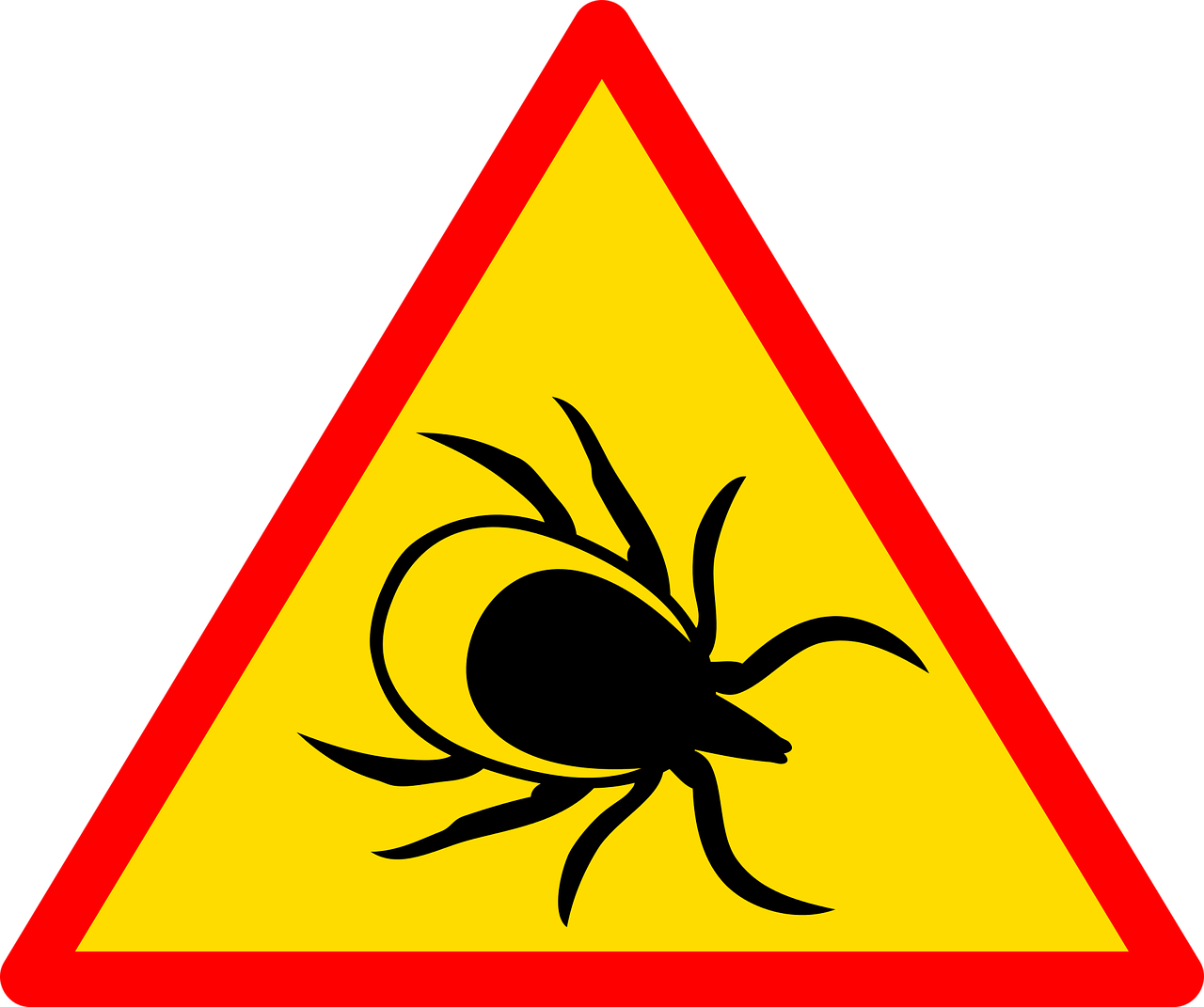According to the State Health Institute, the number of Czechs infected with tick-borne encephalitis has slightly increased as compared with the previous year despite the limitations imposed over the COVID-19 disease.
In the first four months of this year, there were 16 newly diagnosed cases, compared to 15 a year ago. For the whole of the last year, there were 774 new patients, the highest figure over the past eight years, and the biggest incidence in the EU.
The increased risk is due to the overpopulation of common voles, which creates the right conditions for tick larvae to survive, says Emil Tkadlec, from the Faculty of Science of the Palacky University in Olomouc, central Moravia. He adds that in the wild, ticks are carried by animals and birds to large distances.
“Risk areas occur in all regions of the Czech Republic,” says epidemiologist Rastislav Madar. “In theory, one has to reckon with their presence almost anywhere except for parched sites without vegetation.”
Since 2015, the number of Czechs infected with tick-borne encephalitis has doubled. Last year, almost one-third of Czechs were vaccinated against encephalitis.
We spoke to the doctors at Canadian Medical a healthcare network with eight English-friendly clinics in Prague and Brno, who have prepared some information on preventing and treating tick-related diseases during tick season which takes place in the Czech Republic from May to September. According to CM, there are two main tick-borne diseases that can be transmitted onto humans, tick-borne encephalitis and Lyme disease:
Tick-borne encephalitis
Causes
Tick-borne encephalitis is also associated with outdoor recreational activities, such as hiking or cycling in areas with meadows and thickets along the edge of forests or rivers. However, areas with outbreaks of infected ticks can reach into suburban areas, gardens, and parks. The carrier of TBE in the Czech Republic is the common tick Ixodes ricinus, and the virus cannot be transmitted through person-to-person contact.
Symptoms
The incubation period of the disease starts the moment the virus enters the body, and it can last anywhere from 7-14 days but can last as long as a month. In the first stages of tick-borne encephalitis patients usually present flu-like symptoms (fever, headache, etc.). The second phase, however, starts to involve the central nervous system, and manifests itself as meningitis, in more serious cases encephalitis, in the most severe cases as encephalomyelitis, and rarely as radiculitis (i.e. the inflammation of the spinal nerve roots).
Prevention
The best prevention is vaccination. There are two types of vaccines, both of which are strongly immunogenic and produce neutralizing antibodies. The vaccination is given in three doses and it is advised to start the course in the autumn or winter so that protective immunity is already developed in spring, after the second dose. Further revaccination is recommended every 3 years, despite recent serological results showing that the immunity lasts longer, especially in children and young people.
Doctors now recommend a primary vaccination with three doses of the vaccine, a booster after 3 years, and in younger people a booster every 5 years.
Lyme disease
Causes
This is the most common infection transmitted by the ticks of the Ixodes genus, that carry the bacteria Borrelia burgdorferi, and can be transmitted by a tick in any of its developmental stages. It cannot be transmitted through person-to-person contact. It is, however, possible to get infected through the contents of the tick’s body, for example when a person squishes and rubs a tick in between their fingers. More than 200 species of mammals, reptiles, and birds can transmit the disease, humans are just incidental hosts.
Symptoms
The ticks transfer the bacteria onto the human 36-48 hours after their initial attachment. The bacteria reproduce under the skin and then are transported around the body to other organs via the blood and lymph system. Borreliosis is a systemic disease that affects the skin, joints, eyes, nerves, heart, and other tissues. A red rash/spot with a pale middle appears in the area on which the tick was attached to within 14 days to 1 month after initial contact, and is called erythema migrans.
A much more rare presentation of this disease, especially in children, is a borelius lymphocyte. It is a swelling of a deep red to violet color with a smooth and glossy surface, ranging from a few millimeters to 5 cm. It appears several weeks after the initial infection, most often on the ear lobe, but also on the tip of the nose, the nipple, or the scrotum.
Other symptoms include fatigue, burning of the skin, and 1-3 months after infection, neurological problems may present (tics, jerking of the muscles, paraesthesia, dizziness, irregular heart rhythm), and back pain — mainly of the cervical spine, between the shoulder blades or pain in muscles and joints.
Recurrent inflammations can trigger an autoimmune response, e.g. arthritis. Late stages of Lyme disease manifest through subcutaneous degeneration, at least one year or several years after infection.
Prevention/Treatment
Lyme borreliosis is determined by lab tests that are only really valid 4 weeks after the tick bite. There is no vaccination for Lyme disease. The disease is treated with beta-lactam antibiotics (amoxicillin), or tetracycline in children over 8 years of age. To reduce the risk of a tick bite, you can:
- Apply repellent
- Wear light-colored protective clothing
- Tuck pant legs into socks in the woods
- Avoid tick-infested areas or stick to the center of the trail
- Check yourself, your children, and pets daily for ticks
Proper removal of a tick can prevent infection as well: if you happen to discover a tick on your body, and you have access to gloves, disinfectant, and tweezers, use them.
In an emergency situation (i.e. in nature, where you wouldn’t have these tools available), simply using your fingers as tweezers in a pinching and twisting motion. You should not delay the removal of the tick unnecessarily, as the risk of infection increases the longer the tick is attached.
When removing with tweezers, hold the tick at its head (closest to where it is attached to the skin) and twist the tick from side to side until it lets go of the skin. Disinfect the area thoroughly.
This article was partially written in cooperation with Canadian Medical, see our partner content policy here.












 Reading time: 5 minutes
Reading time: 5 minutes 


























